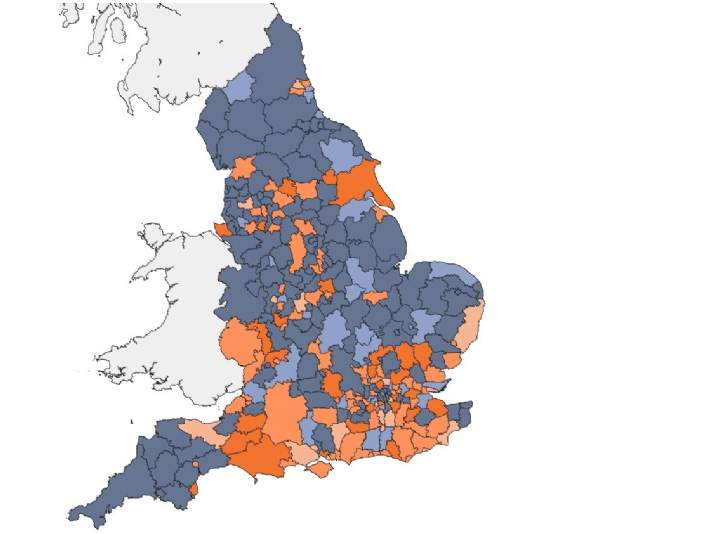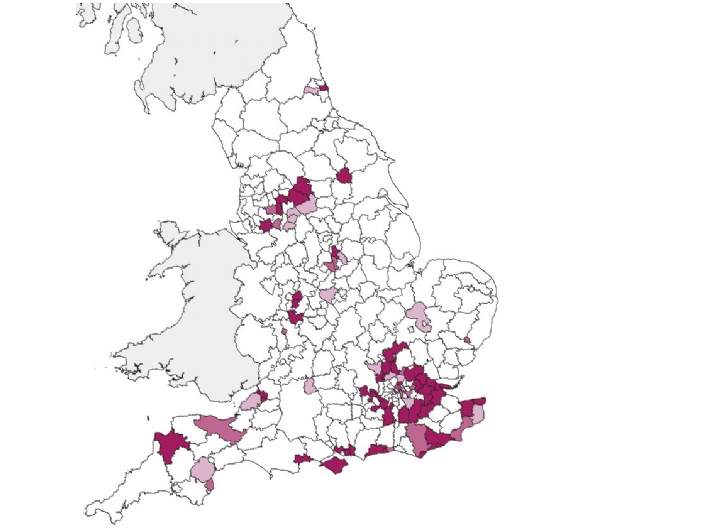Local Plan delivery
Final few local authorities begin the process to deliver an up-to-date plan
- 72% of local authorities have adopted an NPPF- compliant Plan – a total of 222 local authorities across England
- 47% of adopted NPPF- compliant Plans are over five years old and are either under or due for a review
- The last six local authorities have now started the process of delivering an up-to-date plan, following the publication of the NPPF in 2012
- Local authorities yet to adopt an NPPF compliant Local Plan in place have an average land supply of 5.6 years
Every local authority in England has now progressed an NPPF-compliant plan to at least initial preparation stage. Areas that have previously avoided producing an updated Local Plan, including Sevenoaks and Amber Valley, are now engaging in early stages of plan production. Early stage plan production exercises include issues and options consultations and calls for sites.
Local authorities are more actively pursuing the review process, with 29% now revising the strategic policies of existing NPPF-compliant plans, a fall from 35% recorded in April this year. In total, 4% of local authorities have a Local Plan over five years old and have not yet begun the review process; this figure is down from 8% in April this year.
The decline in the number of local authorities with plans due for review or under review indicates that the current system is working effectively. Local authorities are revisiting the strategic policies of their plans with success and in accordance with the NPPF; for housing requirements this means greater alignment with standard approach housing need figures. Any proposed changes to policy around housing need should therefore proceed with caution, or risk upsetting a system that is beginning to operate with purpose.

.jpg)

